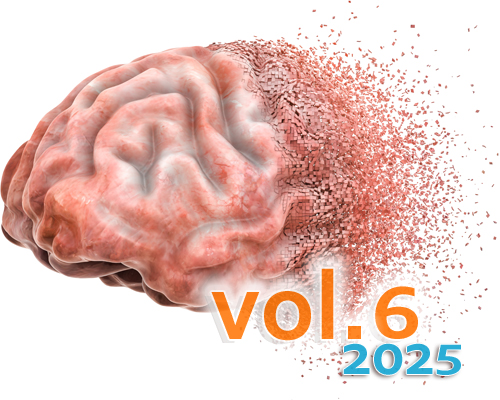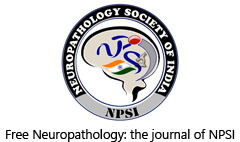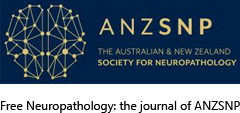Neurooncology: 2025 update
DOI:
https://doi.org/10.17879/freeneuropathology-2025-6316Keywords:
Neurooncology, Neuropathology, Brain tumors, Glioblastoma, Brain metastasisAbstract
This collection of studies highlights groundbreaking advancements in brain tumor research, particularly primary CNS tumors and brain metastasis. One major focus is the tumor microenvironment, where alterations in cerebral microcirculation and hypoxic-ischemic conditions have been shown to influence metastatic progression. In
glioblastoma, recurrent tumors exhibit distinct DNA methylation profiles, and global DNA methylation has emerged as an independent diagnostic marker for IDH-wildtype glioblastoma. A whole-tumor perspective further emphasizes the extensive intratumoral heterogeneity driving glioblastoma evolution. The immune landscape of glioblastoma is another key area of research. Cranioencephalic functional lymphoid units have been implicated in tumor progression, while time-dependent single-cell phenotyping offers novel insights into immune cell
dynamics within glioblastoma. Additionally, histone serotonylation has been identified as a critical epigenetic regulator in ependymoma tumorigenesis. Diagnostic and prognostic innovations are paving the way for improved patient care. Histomorphological features provide enhanced prognosis prediction for glioblastoma patients.
Confocal laser microscopy enables real-time intraoperative histopathological diagnostics, and sequencing of
cerebrospinal fluid-derived cell-free DNA presents a promising non-invasive diagnostic approach. Together, these top studies of 2024 underscore the complexity of brain tumor biology and the integration of epigenetics, immune interactions, and advanced diagnostics into clinical practice. These insights mark significant progress toward personalized treatment strategies and improved outcomes in neurooncology.
Metrics
Published
How to Cite
Issue
Section
License
Copyright (c) 2025 Michel Mittelbronn

This work is licensed under a Creative Commons Attribution 4.0 International License.
Papers are published open access under the Creative Commons BY 4.0 license. This license lets others distribute, remix, adapt, and build upon your work, even commercially, as long as they credit you for the original creation. Data included in the article are made available under the CC0 1.0 Public Domain Dedication waiver, unless otherwise stated, meaning that all copyrights are waived.



















